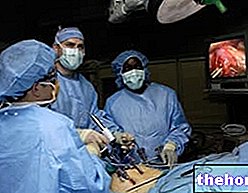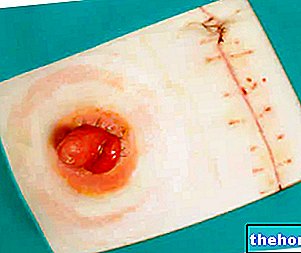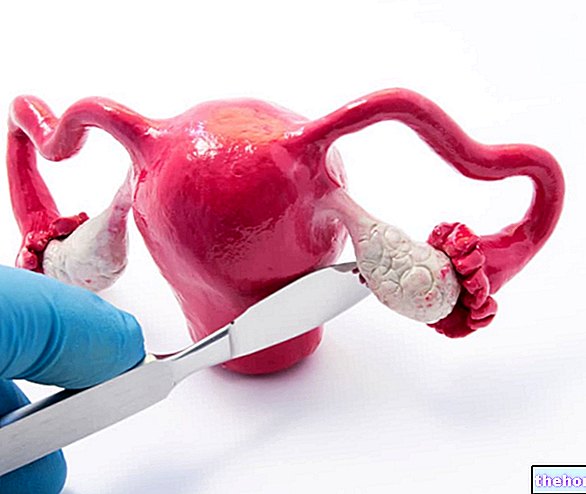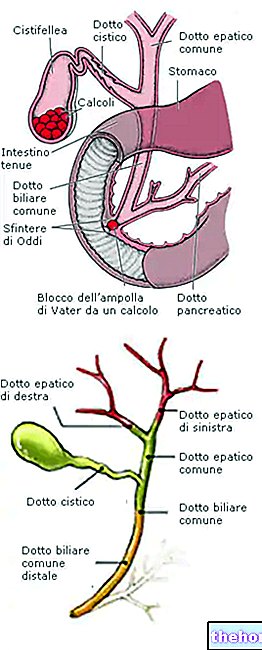What is Hair Transplant?
Hair transplantation (or autotransplantation) is a surgical technique based on the transfer of small fragments of skin - and related hair bulbs - from thicker areas of the head to more thinner ones. They are therefore live follicles taken from the same patient; on the other hand, it is not possible to use the bulbs of a donor, nor to graft synthetic ones. Fortunately, in most people affected by androgenetic alopecia there remains a "crown" of hair in the occipital and temporal region, available for transplantation as it is resistant to hair loss even in old age.

Why is it done?
Hair transplantation is still today one of the few solutions available in the presence of diffuse atrophy of the hair bulbs, typical of those suffering from androgenetic alopecia.
Drugs such as finasteride and minoxidil - together with the large array of various cosmetics and supplements - can in fact produce a certain improvement only in the presence of more or less suffering follicles but still vital.
Since the transplanted bulbs retain the typical life cycle of the region of collection - which we remember to be genetically resistant to alopecia - hair transplantation can be considered a definitive treatment, but not entirely decisive. In fact, it is not able to intervene on the causes that triggered baldness It will therefore be the doctor's task to direct each patient to the treatments and therapies that are best suited to each individual case.
Implantation techniques
Modern hair transplant techniques have their roots in the mid-1950s of the last century. Showy scars and patently unnatural results (the so-called "tuft" or "doll" effect) were the main limitations of the first interventions.
Since then, surgical techniques have undergone constant improvement, based above all on the progressive reduction of the sampling areas.
The most popular surgery until a few years ago consisted in the removal, from the occipital area (nape), of a strip of scalp immediately dissected under a microscope and transferred in the form of micrografts to the area to be thickened. In this way, the transplantation of hair guaranteed quite natural aesthetic results, reduced by scars in the sampling site and unwanted effects in the implant site (post-operative pain and swelling, loss of sensitivity).
To overcome the limitations of this method, new transplantation techniques based on the removal and grafting of single bulbs have recently been developed.
We have thus passed from the implantation of real islands to the current mini and micro implants carried out with the aid of special scalpels and constituted, in fact, by single follicular units (UF) which can contain from one to four hair bulbs.
In detail, this technique is called FUE, an acronym that stands for "Follicular Unit Extraction". This technique has evolved up to the high density hair transplant, defined as "Micro FUE" which uses small instruments in order to make the technique even less invasive and without leaving scars.
More attention than in the past is also placed in the direction of the implant, which thanks to the micrograft is oriented so as to follow the natural direction of growth and the arrangement of the hair. The result achieved is extremely natural and is not affected by heavy postoperative problems or permanent scars For this reason, hair transplantation performed by expert hands represents - today more than ever - an effective, minimally invasive, discreet and more accessible solution than in the past.
The same techniques used for hair transplantation are also used to correct scars in various body sites, unsightly hairless areas on the face and in all those situations where there is a thinning or a fall of the eyebrows.
The intervention
Hair transplantation is a real surgery which - as such - must be performed only and exclusively by doctors specialized in this sector.
The surgery is performed on an outpatient basis, under local anesthesia and sometimes under sedation. It is not painful and thanks to the recent micrograft techniques the results are often satisfactory and the side effects are limited.
The professionalism and experience of a qualified cosmetic surgeon allow you to fully customize the intervention, whose effectiveness on the aesthetic level also depends on an accurate pre-surgical visit. Painstaking precision and meticulousness in the execution are equally important to obtain a result. aesthetically beautiful finish (the smaller the islets, the greater the risk of damaging the follicles). The great media attention on hair transplantation and all the positive information circulating about it must not make us forget that it is still a delicate surgery, with all the limitations of the case. Therefore, there is no need to create excessive or unrealistic expectations about the final result.
Duration
The duration of a hair transplant depends on the size of the area to be thickened. If this area is on average large, the operation is carried out in a single session of about 4 hours.
Sometimes it is preferred to repeat the operation after a period of time ranging from a few weeks to several months (depending on the surgical technique adopted) for any further thickening.
Results
The aesthetic results can only be fully appreciated after a few months, since the grafted hair is very short (2 millimeters) and needs time to grow (1 centimeter per month). This will ensure a very gradual change of image over time.
The hair grafted during the transplant will undergo regular growth, completely similar to natural hair; they will therefore be treated like the latter, washing them, combing them and making them grow up to the preferred length.
In summary, the results that can be obtained with the modern techniques adopted to perform hair transplants are:
- Natural, as the implanted hair belongs to the same patient.
- Long-lasting, since the follicles taken derive from areas not susceptible to the action of DHT (dihydrotestosterone), the main responsible for the miniaturization of the follicles in patients suffering from androgenetic alopecia.
- Gradual, since the regrowth of the implanted hair occurs in a constant and progressive manner following the normal and physiological processes of hair growth.
Costs
The cost of a hair transplant depends on a number of factors, such as:
- The size of the area to be thickened;
- The type of technique used;
- The total duration of the intervention;
- The possible execution of a further thickening after some time from the first intervention.
Furthermore, the price of a hair transplant can also vary greatly depending on the surgeon who performs the operation and depending on the structure within which it operates.
In any case, indicatively, the cost of a hair transplant in a medium-sized area can vary from 3000 to about 5000 euros (for more information: How much does a hair transplant cost?).
In this regard, we recall once again the extreme importance of turning to professional doctors in the sector who work in highly qualified clinics. As this is a real surgery, in fact, we cannot afford to be flattered by those who offer excessively low prices. thus jeopardizing one's health.
To learn more, read: How much does a hair transplant cost?
Any complications
Thanks to modern implantation techniques, complications are unlikely to occur when undergoing a hair transplant, as long as you only contact professional doctors.
In fact, as reiterated several times in the article, a hair transplant is not a common aesthetic treatment, but a real surgery which - as such - must be performed by specialized surgeons.
If performed by inexperienced hands or with inappropriate techniques, hair transplantation can lead to a series of serious complications. These include the appearance of scars and damage to the donor area due to excessive removal of follicles. The damage that can derive from poorly performed hair transplants, unfortunately - often and willingly - make subsequent corrective treatments impossible, thus leading to irreversible aesthetic damage (and not only).
















.jpg)











